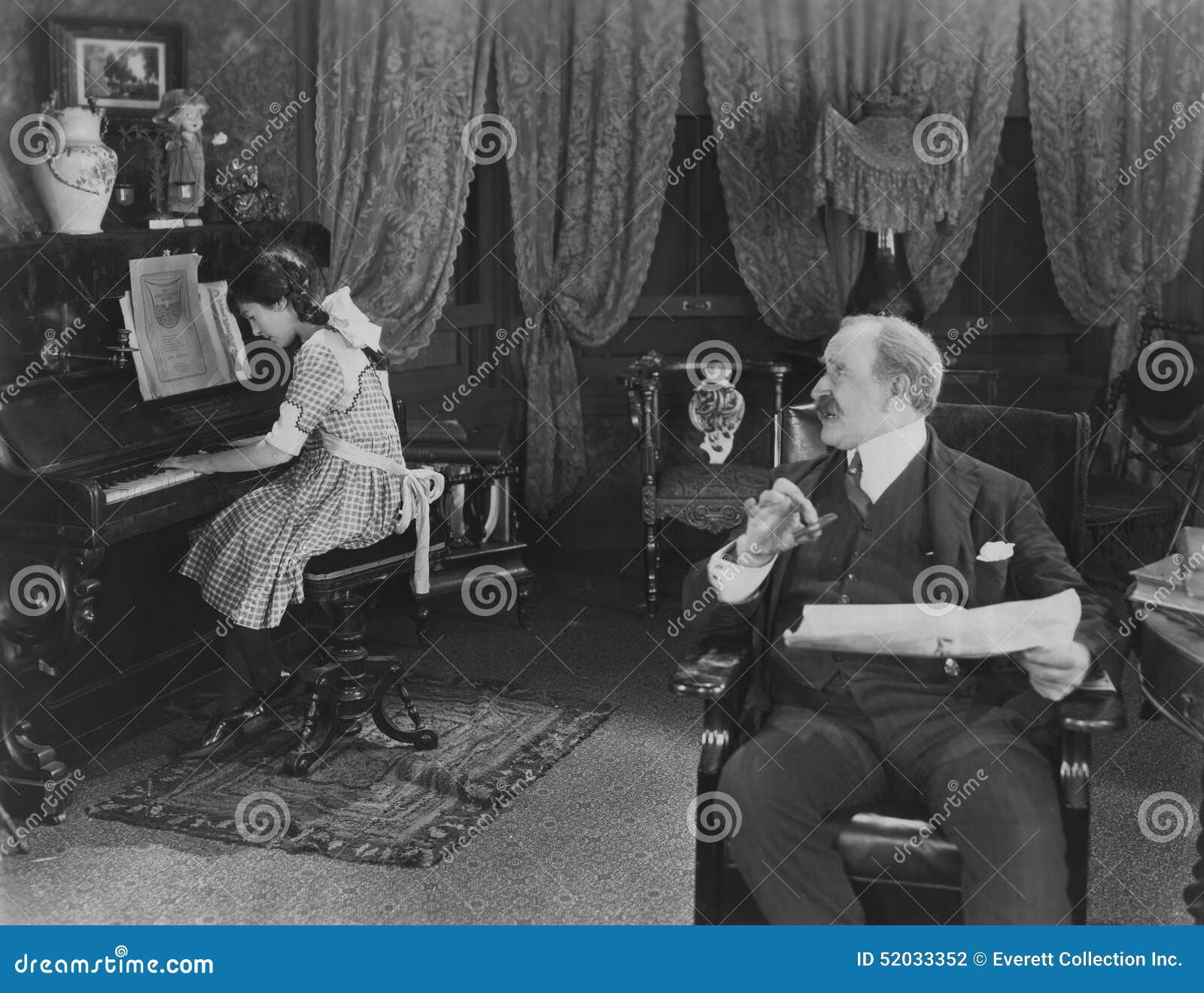

As in the commentary, the name on the piano’s music stand draws one’s eyes across the canvas, to the wrought iron on the French window then to the sensual figure.'Sweeney Todd', 'Shucked', 'Some Like It Hot' See Box Office Gains After Tony Noms Britney Spears Musical Begins Preview - Broadway Box Office

Matisse responds showing the push and pull between each style in the piano student’s face (the piano student standing in for Matisse himself) - the harsh geometry of the left and the naturalism of the right side. The conversation in this painting points to the comparison of the harshness of Picasso’s line and blocks of colour. This is a painting of another painting, like some of Picasso’s paintings are an attempt to instruct, compete and better Matisse. If you shut your eyes and try to see the image anew, the contrast of the white and grey draws your eyes to the teacher top right. I see this paining as a continuation of the conversation between Matisse and Picasso. Finally, what is that very abstract truncated triangle of green? Often it is interpreted as ray of sun reaching across the lawn outside. Pierre sits at the piano well off to the side, trapped in the house even as the open French window (a floor-to-ceiling hinged window that opens onto a wrought iron railing) beckons. A portion of his face even seems to reflect that instrument of the devil, commonly known as a metronome. Maybe I'm just remembering my own childhood piano lessons, but his is a look of worried concentration.

Maybe happy isn't really the right word since Pierre looks pretty miserable. In a way then, this is a nostalgic image, Matisse has painted his son much younger then he actually was, perhaps recalling happier times. The painter did not know if his son would return. When Henri painted this image, Pierre was actually mobilized. It's worth remembering that 1916 was during world war one, the most devastating conflict Europe had yet known. He is the artist's son, Pierre Matisse, who grows up to become a famous art dealer in New York in the 1940s. Let's begin with the boy in the lower right. This large flat gray painting can be a bit confusing at first.


 0 kommentar(er)
0 kommentar(er)
